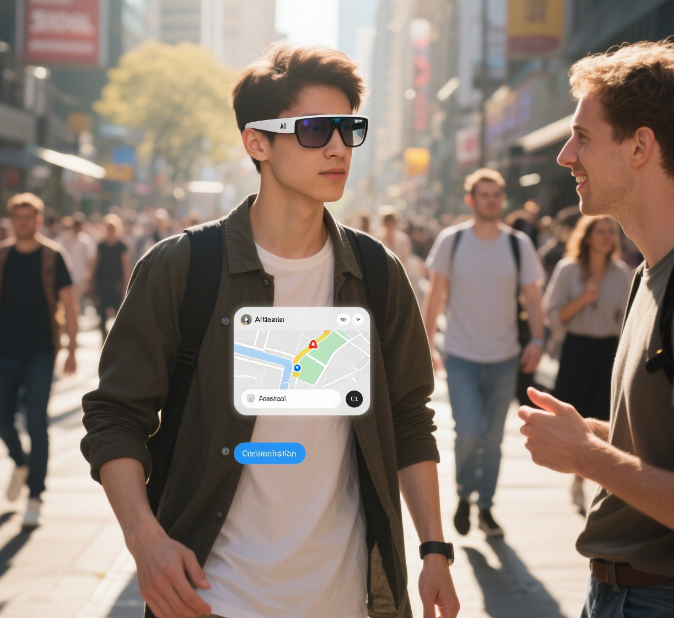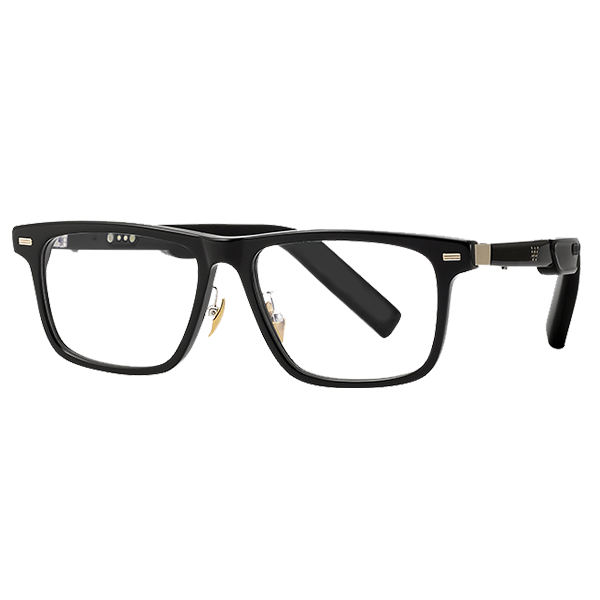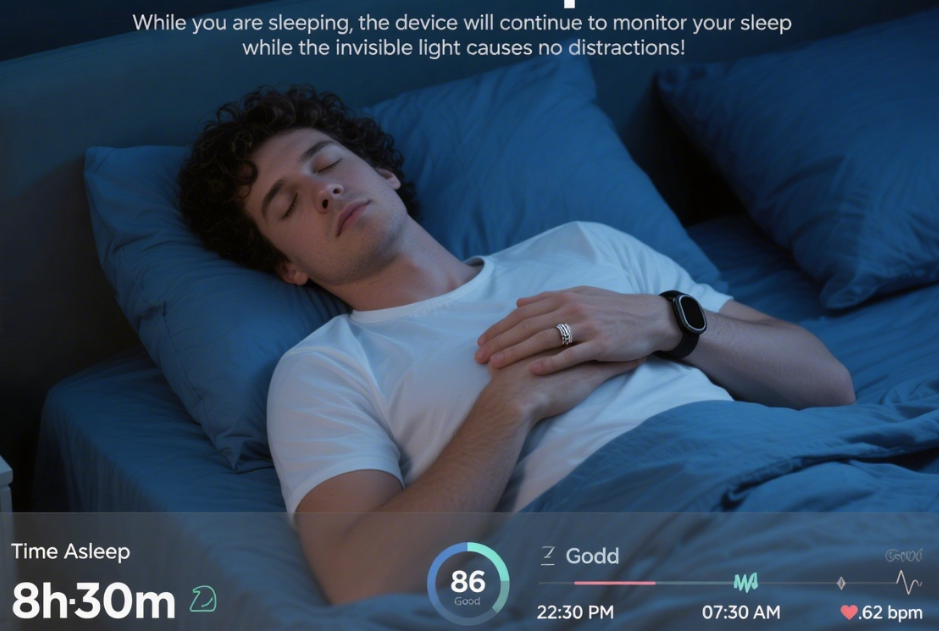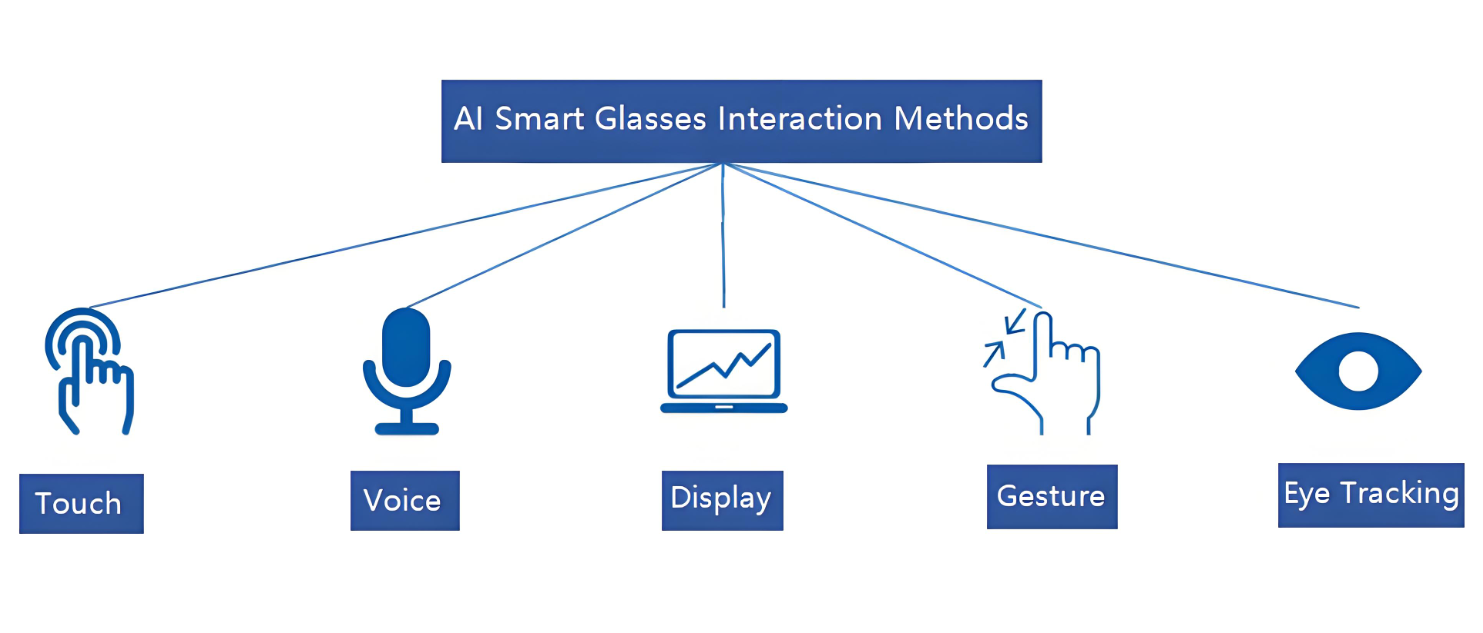 +86-13613020876
+86-13613020876 
AI Smart Glasses: Current Breakthroughs and Future Possibilities
AI smart glasses represent one of the most exciting advancements in wearable technology, blending augmented reality (AR), artificial intelligence, and hands-free convenience into a single device. Over the past few years, major tech companies like Google, Apple, Meta, and startups like Ray-Ban (in partnership with Meta) have introduced smart glasses with increasingly sophisticated features. These devices are no longer just experimental gadgets—they are becoming practical tools for everyday life.
Current Capabilities
Today’s AI smart glasses offer a range of useful functions. They can display notifications, provide turn-by-turn navigation, and even translate spoken language in real time—helpful for travelers. Advanced models use built-in cameras and AI to recognize objects, read text aloud, or identify faces (with privacy safeguards). Voice assistants like Siri, Google Assistant, or Alexa allow users to control music, send messages, or search the web without touching their phones. Some glasses also integrate with fitness apps, tracking steps and monitoring workouts.
However, challenges remain. Battery life is still limited, often requiring daily charging. Many smart Glasses Are bulky or look too tech-heavy for casual wear. Privacy concerns also arise due to always-on cameras and microphones, leading to debates about data security and ethical use.
The Future of AI Smart Glasses
The next generation of smart glasses is expected to be sleeker, more powerful, and more affordable. Advances in micro-display technology will enable sharper AR projections, allowing users to see floating screens for work, gaming, or video calls. AI improvements will make interactions more natural, with better voice recognition and contextual suggestions.
Health monitoring could become a key feature, with sensors tracking heart rate, blood oxygen, and even detecting early signs of fatigue or illness. As 5G networks expand, real-time cloud processing will reduce lag, making AR experiences smoother.
In the long run, AI smart glasses may replace smartphones for many tasks, offering a more immersive and intuitive way to interact with digital content. Industries like healthcare, education, and remote work could benefit greatly—imagine surgeons accessing patient data hands-free or students learning through interactive 3D models.
Conclusion
While challenges like battery life, design, and privacy need addressing, AI smart glasses are on track to become a mainstream device. With continuous innovation, they could redefine how we connect with technology, making information and communication more seamless than ever.


 Smart Glasses
Smart Glasses Smart Ring
Smart Ring














